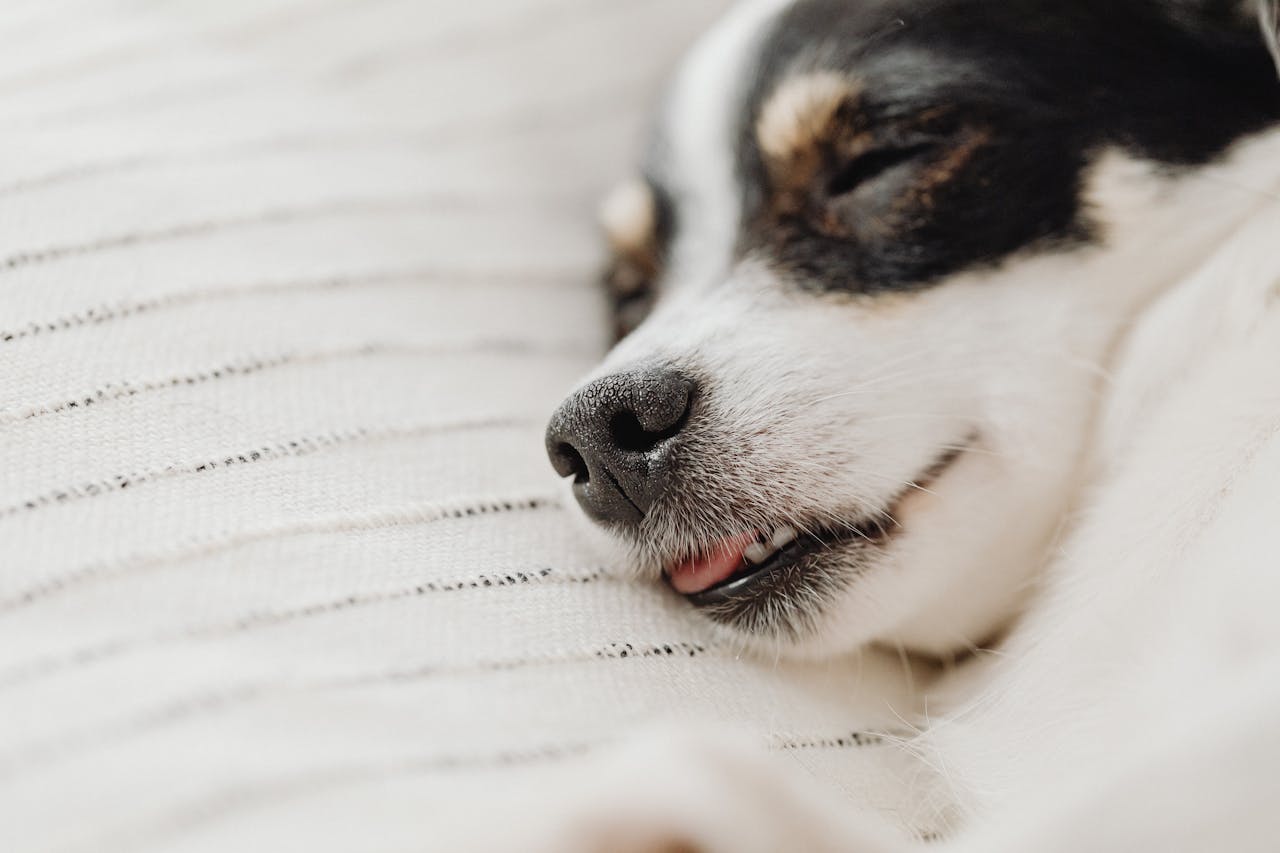
29 Feb Jaw Fractures in Dogs: Symptoms and Treatment Options
Our cherished canine companions enrich our lives with joy, yet, like humans, they too can encounter health challenges. Jaw fractures in dogs are distressing conditions that demand immediate attention and customized care. This blog post delves into the symptoms indicative of a jaw fracture in dogs and explores the diverse treatment options available to ensure our furry friends receive optimal care.
Symptoms of Jaw Fractures in Dogs
Here are some of the symptoms or signs that your dog has likely fractures their jaw:
- Pain and Discomfort: Dogs experiencing jaw fractures display signs of pain, discomfort, and a reluctance to open their mouths or eat. Indications such as a displaced jaw, whining, whimpering, or avoidance of the affected area are prevalent.
- Swelling or Bruising: Carefully observe for visible signs of swelling or bruising around the jaw area. As swelling may be subtle, gentle palpation aids in identifying potential abnormalities.
- Difficulty Eating or Dropping Food: Averse to eating, altered eating habits, or difficulty holding onto food can signal a jaw fracture. Dropping food from their mouths during feeding is a common sign of discomfort.
- Abnormal Jaw Alignment: Misalignment of the jaw due to fractures may result in noticeable differences in how the dog’s teeth meet or the jaw moves.
- Excessive Salivation: Jaw fractures can lead to increased salivation, particularly if the dog finds swallowing or closing its mouth challenging.
- Changes in Behavior: Dogs may exhibit changes in behavior, including irritability, withdrawal, or aggression, stemming from the pain and discomfort associated with a jaw fracture.
Treatment Options for Jaw Fractures in Dogs
Our team can help you identify the best treatment if your pet injures or breaks their jaw. Here are various ways that we can help:
- Veterinary Examination and Diagnosis: Immediate veterinary attention is paramount. A thorough examination, incorporating Dental X-rays and Cone Beam CT scans, aids in diagnosing the type and extent of the jaw fracture, guiding the development of a tailored treatment plan.
- Pain Management: Addressing pain is a priority. Veterinarians may prescribe pain medications to alleviate discomfort throughout the healing process.
- Immobilization and Rest: Mild fractures may be managed through immobilization, restricting jaw movement using techniques like wiring or bandaging to facilitate natural healing.
- Surgical Intervention: Severe fractures may necessitate surgical intervention. Repair options include acrylic splints, intraoral wiring techniques, or intraoral plating. Bone plating is often considered the optimal treatment, prioritizing the alleviation of oral pain and a swift return to normal occlusion and functionality.
- Nutritional Support: Maintaining proper nutrition is crucial for healing. In cases where eating is challenging, veterinarians may recommend a soft diet or feeding tube during initial recovery stages.
- Postoperative Care: Vigilant postoperative care is vital for successful recovery. This includes monitoring for signs of infection, administering prescribed medications, and gradually reintroducing normal activities.
- Follow-up Veterinary Visits: Regular follow-up visits to the veterinarian are essential for monitoring progress, making necessary adjustments to the treatment plan, and ensuring a smooth recovery.
Jaw Fracture Repair in Mount Pleasant, South Carolina
Jaw fractures in dogs pose challenges for both pets and their owners. Early recognition of symptoms and immediate veterinary care significantly enhance the chances of successful treatment and recovery. Whether opting for conservative management or surgical intervention, the goal is to alleviate pain, restore normal jaw function, and ensure our canine companions can once again relish their lives to the fullest.
Photo by Karolina Grabowska from Pexels




